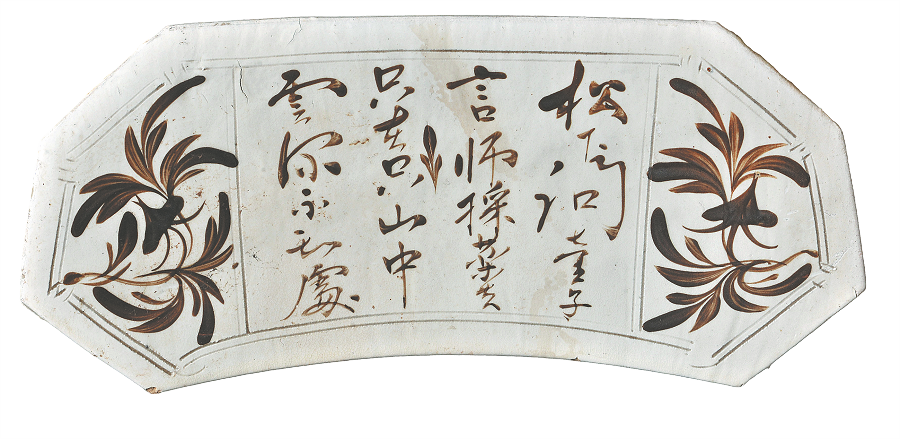

Li Ming, who visited the exhibition earlier this month, says he knows that ancient and modern pillows are different. He has watched some TV dramas in which emperors sleep on luxurious bejeweled pillows.
"I thought hard pillows might lead to problems like a stiff neck. But the guide mentioned that there are medical accounts suggesting that hard pillows can improve vision. That surprised me. I want to try it myself," he says.
Li says he'll recommend the exhibition to family and friends.
"It's interesting that we can learn about ancient social conditions and customs through pillows. It's like seeing a big world through a small object."
The earliest known pillows can be traced back to the Neolithic period, and the earliest physical evidence of pillows in China comes from the Warring States Period (475-221 BC).
In the Han Dynasty (206 BC-AD 220), nobles were buried with jade pillows. During the Sui (581-618) and Tang (618-907) dynasties, the ceramics industry flourished, and porcelain pillows emerged. The development of porcelain pillows peaked during the Song, Liao, Jin and Yuan dynasties (960-1368), gradually declining after the Ming and Qing dynasties (1368-1911).